Windows 10 end of life could create a major e-waste problem
The study marks the latest Windows 10 end of life e-waste warning
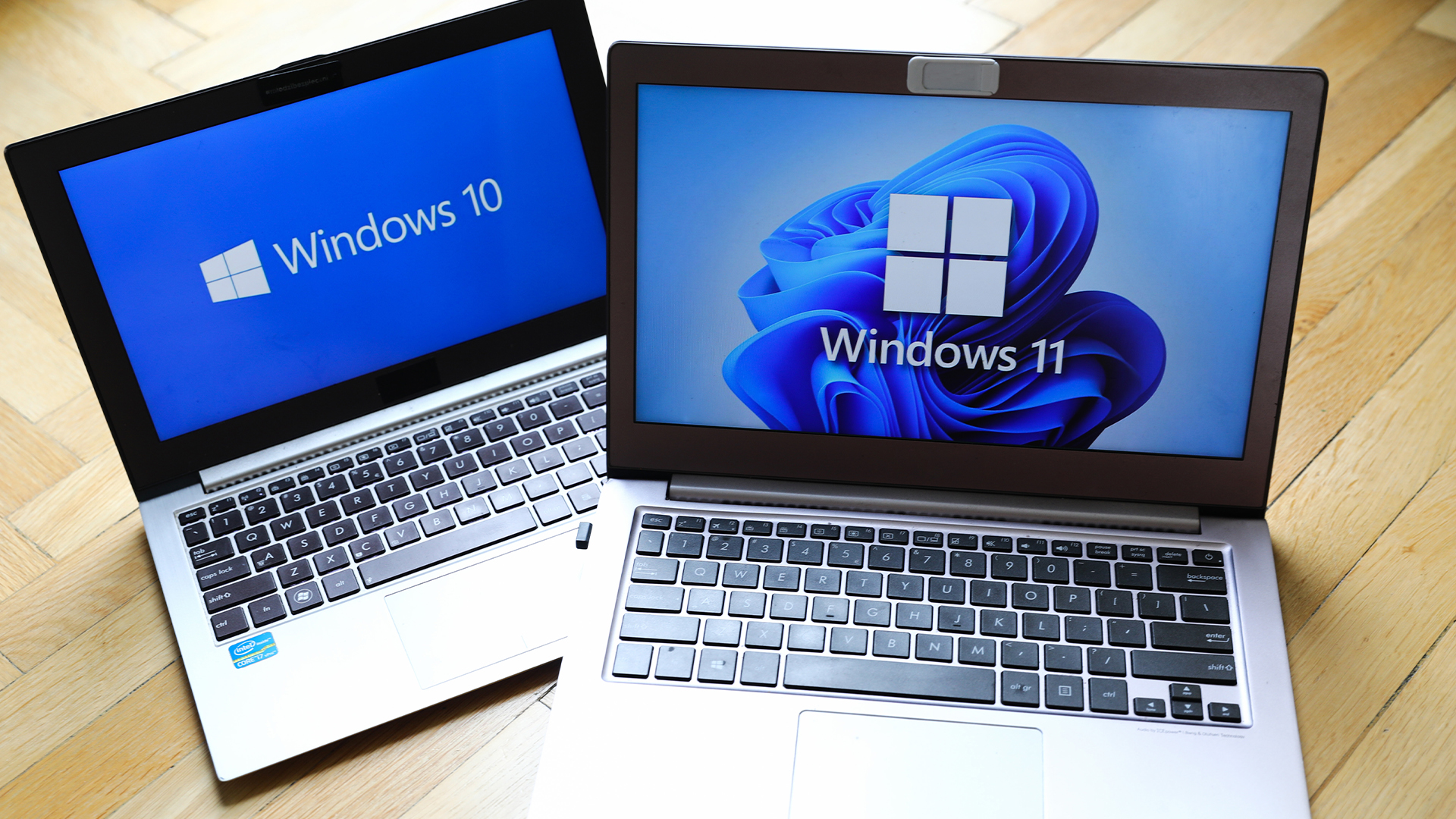

With Windows 10 reaching end of life on 14 October, enterprises and consumers alike globally will be making the shift to Microsoft’s newer operating system.
While issues like security and device compatibility have become common recurring talking points, concerns have been rising about a looming torrent of e-waste, with thousands of tonnes of waste expected in the UK alone.
A key factor behind this is that many older devices aren’t capable of running the newer operating system, rendering them obsolete and bound for the scrapheap.
Based on metal recovery rates and the average weight of both laptops and desktop devices, analysis from Businesswaste.co.uk suggests the Windows 10 end of life transition could generate more than 12,805,100 kg of metals – equivalent to more than 8,000 cars.
Vital materials including copper, gold, silver, and other precious metals are all included in this mounting heap of waste, and the estimated recovery costs are eye–watering.
Materials such as gold, for example, have an estimated total value of over £1.6 billion while copper and silver have estimated values of £100 million and £33 million respectively.
Mark Hall, Waste Electrical and Electronic Equipment (WEEE) expert at BusinessWaste.co.uk, said the figures highlight the environmental impact this transition period could have and the crucial considerations facing enterprises moving to new device ranges.
Sign up today and you will receive a free copy of our Future Focus 2025 report - the leading guidance on AI, cybersecurity and other IT challenges as per 700+ senior executives
“It’s essential that any obsolete devices do not enter general waste streams. This is against UK WEEE regulations, meaning it’s illegal, and it can be highly damaging to our environment,” he said.
“WEEE waste recycling is complex and requires expert handling. Some electronic equipment and appliances can contain hazardous materials and it’s vital these are separated.
“With the mass scale of e-waste likely to be generated by the Windows 10 shutdown, we’re urging the public and businesses to ensure any old devices are handled correctly to avoid an environmental catastrophe.”
The Windows 10 end of life e-waste conundrum
This research isn’t the first to highlight the e-waste problem associated with device refreshes or operating system upgrades.
Researchers at Canalys raised serious concerns about the issue in late 2023, nearly two years ahead of the end of life deadline.
Analysis from the consultancy showed up to 240 million PCs would be terminated as a result of the shift to Windows 11 – largely due to not meeting minimum system compatibility requirements.
Many of these, Canalys warned, would eventually end up in landfill.
“Their incompatibility with the latest supported version of Windows massively reduces their value for refurbishing and reselling,” Canalys said at the time.
“If these were all folded laptops, stacked one on top of another, they would make a pile 600 km taller than the moon.”
Make sure to follow ITPro on Google News to keep tabs on all our latest news, analysis, and reviews.
MORE FROM ITPRO
- The NCSC just urged enterprises to ditch Windows 10
- How the channel can help with Windows 11 migration
- Sticking with Windows 10 could cause security headaches

Ross Kelly is ITPro's News & Analysis Editor, responsible for leading the brand's news output and in-depth reporting on the latest stories from across the business technology landscape. Ross was previously a Staff Writer, during which time he developed a keen interest in cyber security, business leadership, and emerging technologies.
He graduated from Edinburgh Napier University in 2016 with a BA (Hons) in Journalism, and joined ITPro in 2022 after four years working in technology conference research.
For news pitches, you can contact Ross at ross.kelly@futurenet.com, or on Twitter and LinkedIn.
-
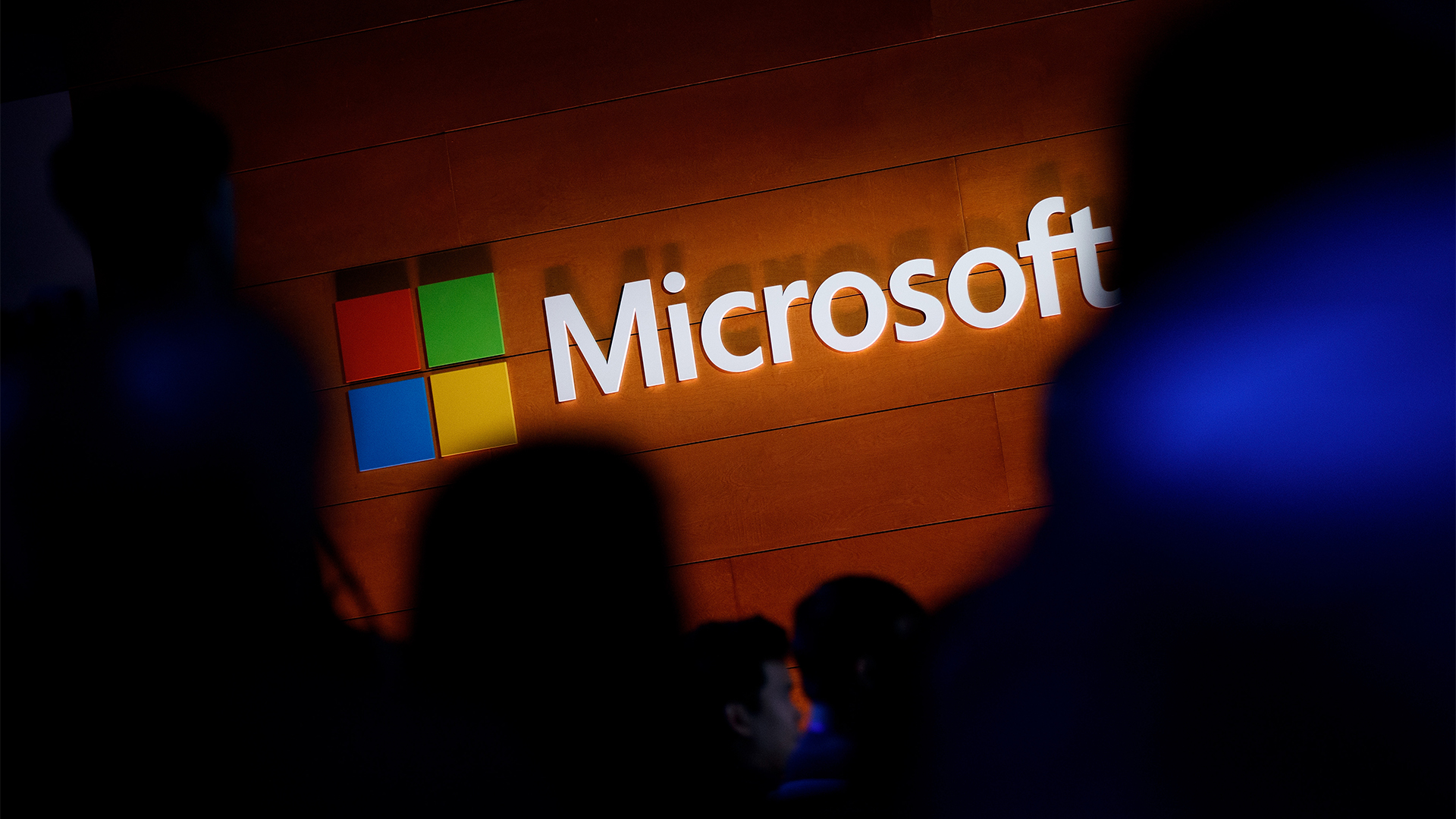 Microsoft launches Fara-7B, a new 'agentic' small language model that lives on your PC
Microsoft launches Fara-7B, a new 'agentic' small language model that lives on your PCNews The new Fara-7B model is designed to takeover your mouse and keyboard
-
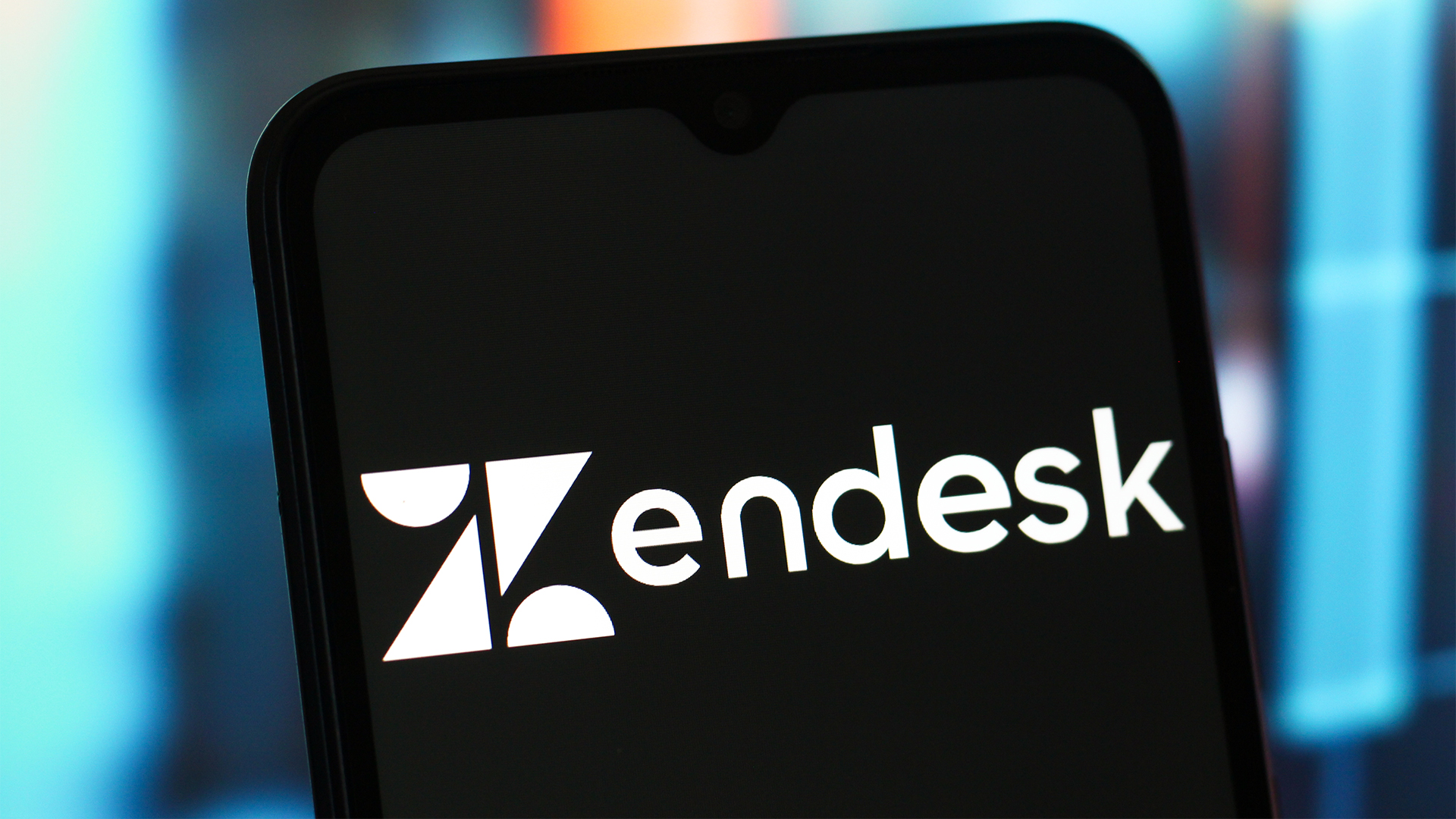 The Scattered Lapsus$ Hunters group is targeting Zendesk customers
The Scattered Lapsus$ Hunters group is targeting Zendesk customersNews The group appears to be infecting support and help-desk personnel with remote access trojans and other forms of malware
-
 Microsoft’s Windows chief wants to turn the operating system into an ‘agentic OS' – users just want reliability and better performance
Microsoft’s Windows chief wants to turn the operating system into an ‘agentic OS' – users just want reliability and better performanceNews While Microsoft touts an AI-powered future for Windows, users want the tech giant to get back to basics
-
 Windows 10 end of life has passed – here's your business guide to Windows 11
Windows 10 end of life has passed – here's your business guide to Windows 11In-depth As Windows 10's mainstream support ends, it's time for businesses who have yet to upgrade to take a second look at Windows 11
-
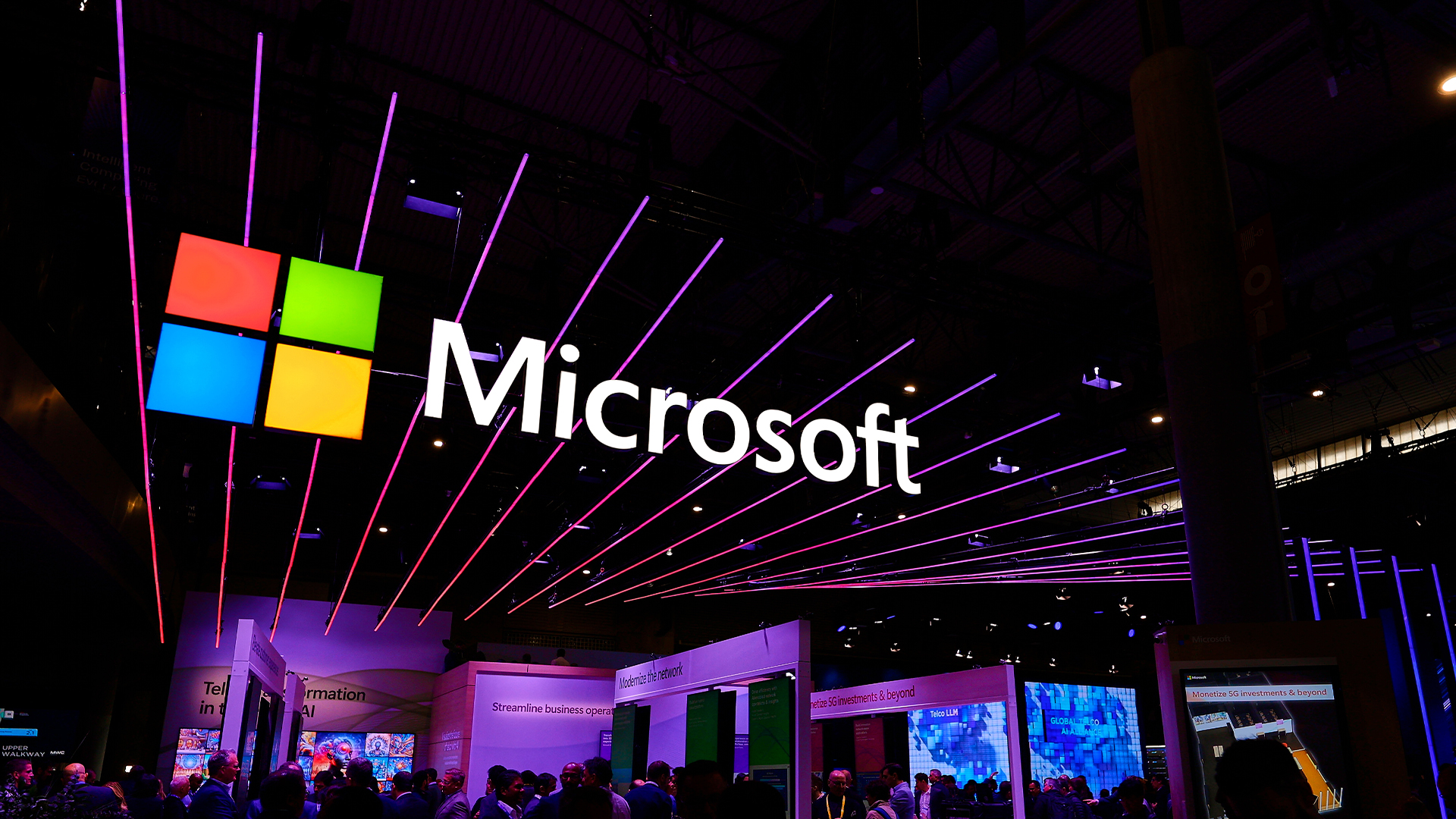 Microsoft 365 price hikes have landed the tech giant in hot water
Microsoft 365 price hikes have landed the tech giant in hot waterNews Australian regulators have filed a lawsuit against Microsoft for allegedly misleading users over Microsoft 365 pricing changes.
-
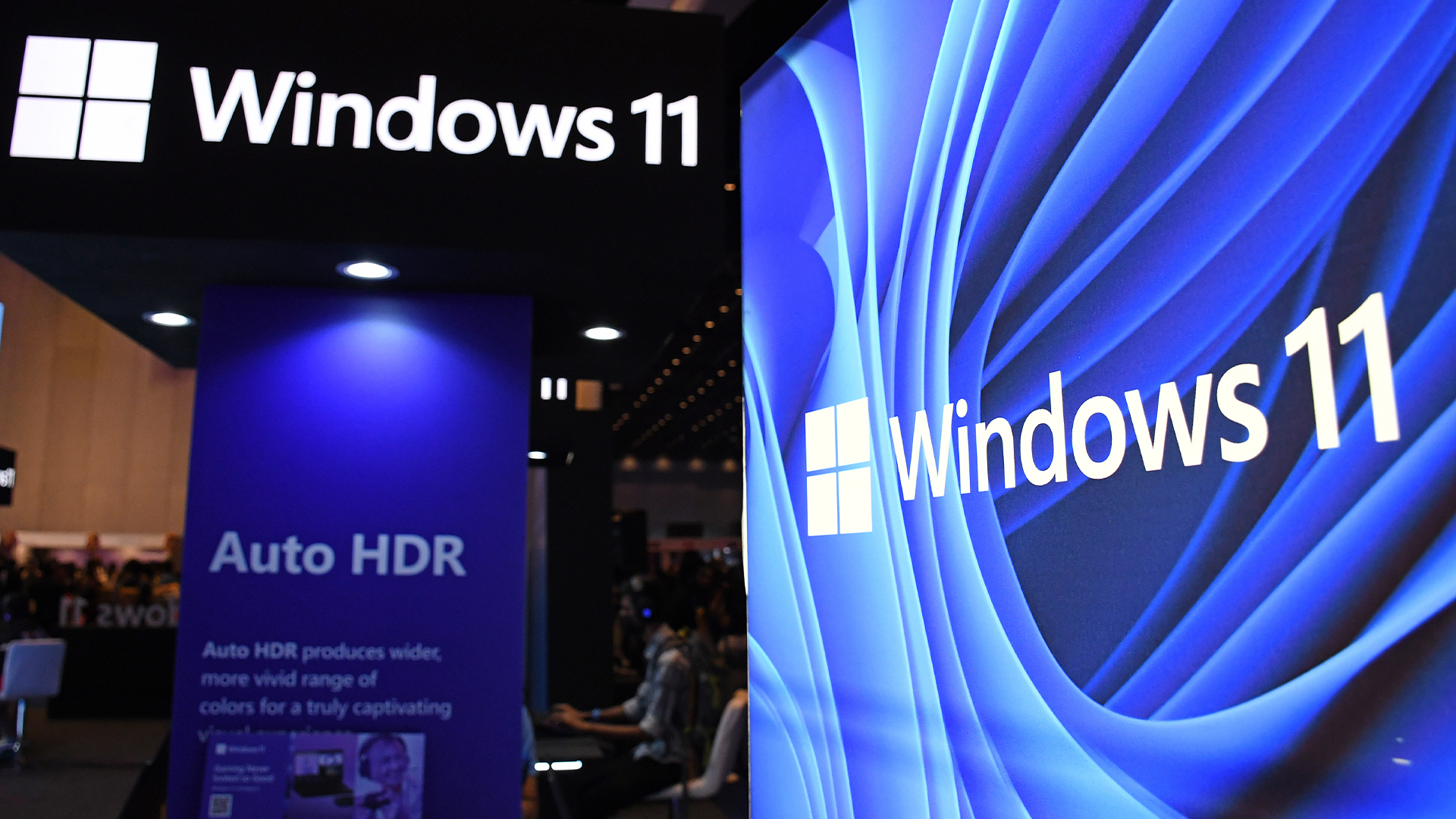 Microsoft issues fix for Windows 11 update that bricked mouse and keyboard controls in recovery environment – here's what you need to know
Microsoft issues fix for Windows 11 update that bricked mouse and keyboard controls in recovery environment – here's what you need to knowNews Yet another Windows 11 update has caused chaos for users
-
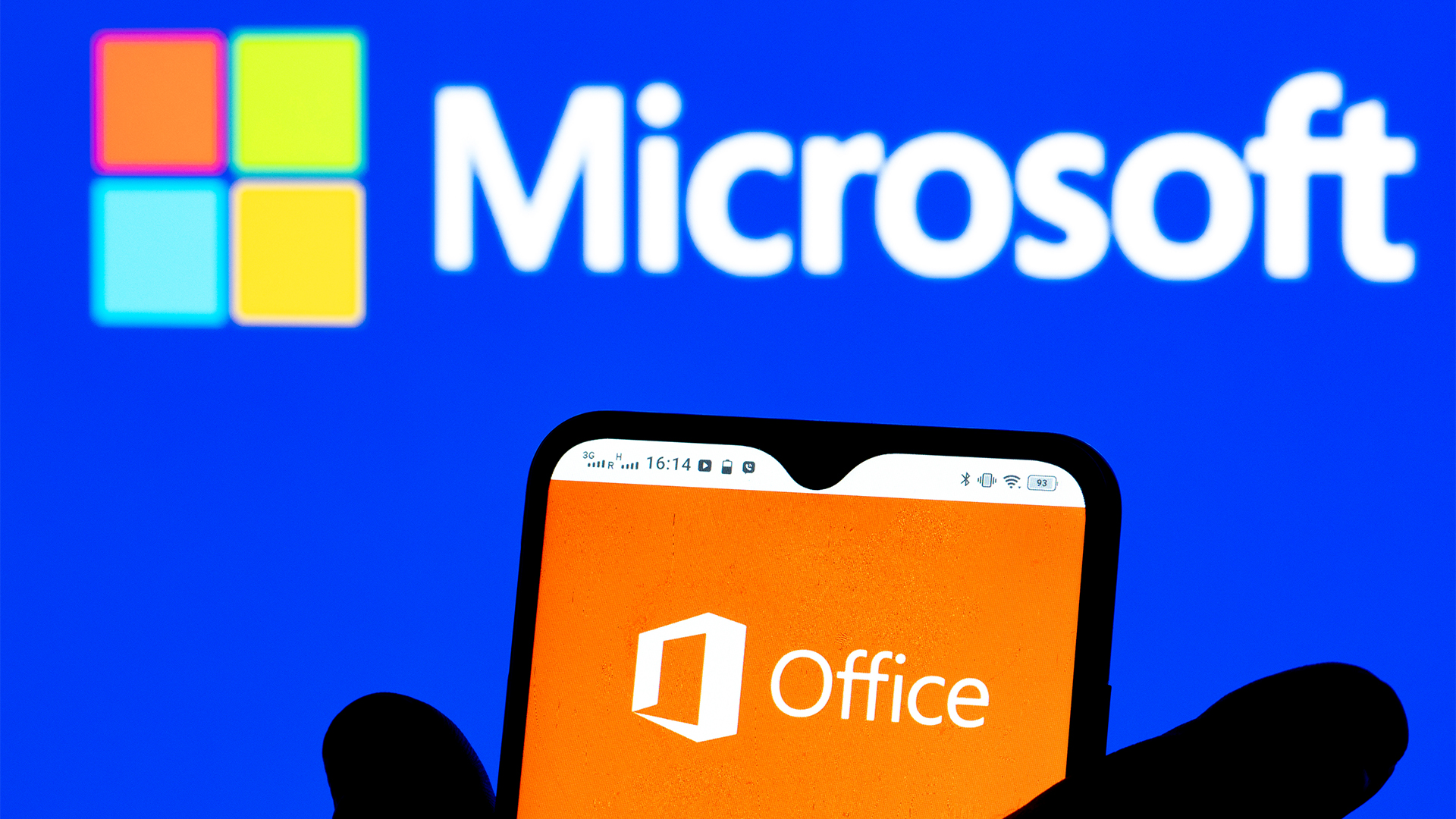 Microsoft Office 2016 and 2019 are heading for the scrapheap next month – but there could be a lifeline for those unable to upgrade
Microsoft Office 2016 and 2019 are heading for the scrapheap next month – but there could be a lifeline for those unable to upgradeNews The tech giant has urged Office 2016 and Office 2019 users to upgrade before the deadline passes
-
 UK government programmers trialed AI coding assistants from Microsoft, GitHub, and Google – here's what they found
UK government programmers trialed AI coding assistants from Microsoft, GitHub, and Google – here's what they foundNews Developers participating in a trial of AI coding tools from Google, Microsoft, and GitHub reported big time savings, with 58% saying they now couldn't work without them.
-
 Salesforce says ‘Microsoft’s anticompetitive tying of Teams' harmed business in triumphant response to EU concessions agreement
Salesforce says ‘Microsoft’s anticompetitive tying of Teams' harmed business in triumphant response to EU concessions agreementNews Microsoft has agreed to make versions of its Office solutions suite available without Teams – and at a reduced price
-
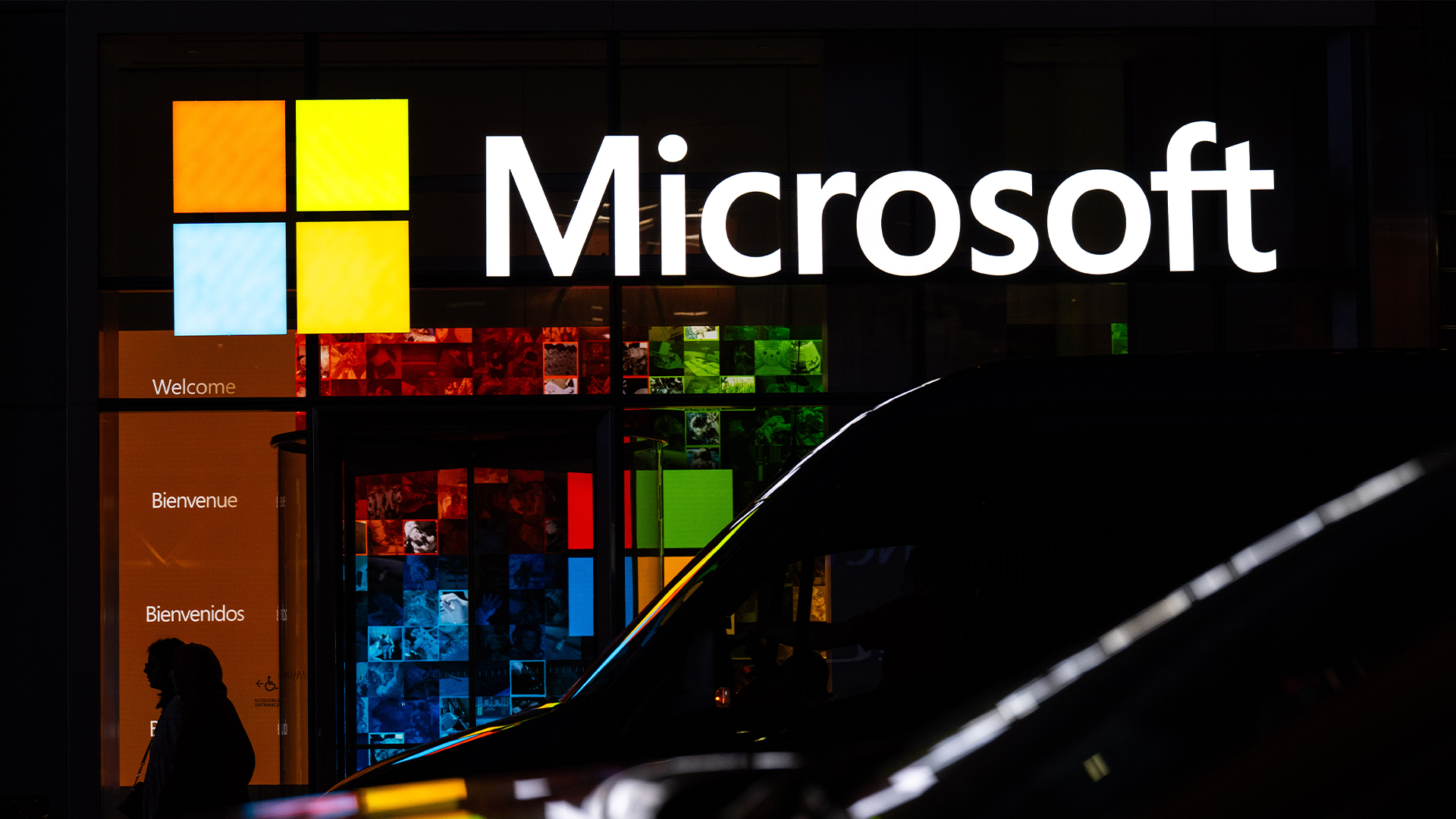 US Senator calls for Microsoft FTC probe over ‘gross cybersecurity negligence’ – Ron Wyden claims the tech giant has provided ‘dangerous, insecure software’ to the US government
US Senator calls for Microsoft FTC probe over ‘gross cybersecurity negligence’ – Ron Wyden claims the tech giant has provided ‘dangerous, insecure software’ to the US governmentNews Ron Wyden, a Democratic senator from Oregon, has written to the chair of the FTC calling for an investigation into Microsoft's cyber practices.